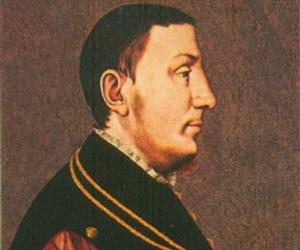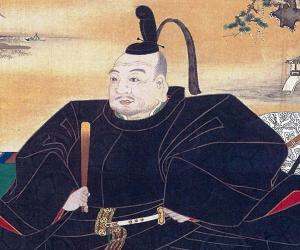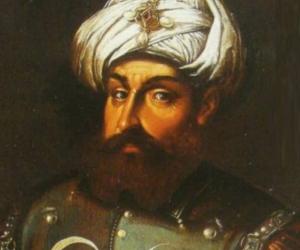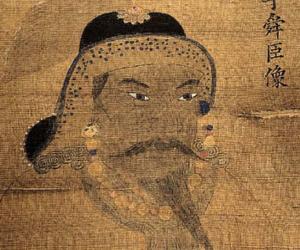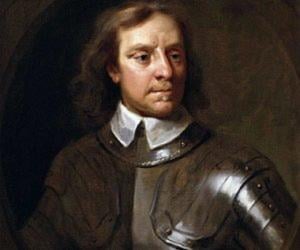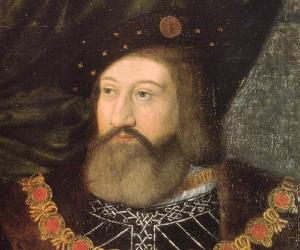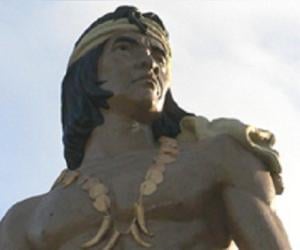Tokugawa Ieyasu was the founder and first shōgun of the Tokugawa shogunate of Japan. He is considered one of the three "Great Unifiers" of Japan. He was the son of Matsudaira Hirotada, a minor local warlord. He grew up to be an ambitious young man with exemplary leadership qualities and eventually founded the Tokugawa shogunate of Japan.
Yi Sun-sin was a Korean military general and admiral best remembered for his famous victories during the Imjin war, where his troops were victorious against the Japanese navy. Since the Imjin war, Yi Sun-sin has been revered in Korea as a national hero. Most of his victories were achieved despite being outnumbered by the enemies.
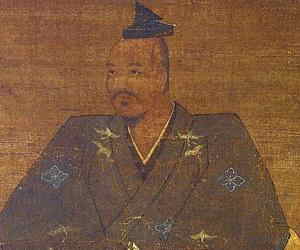
Takeda Shingen was an influential daimyo, or feudal lord of the Takeda clan, in Japan, apart from being an able military leader. Also known as the Tiger of Kai, he had long military conflicts with Uesugi and other leaders. His life inspired legendary filmmaker Akira Kurosawa’s Kagemusha.
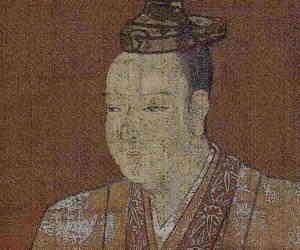
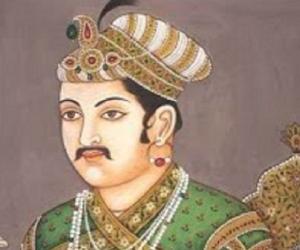
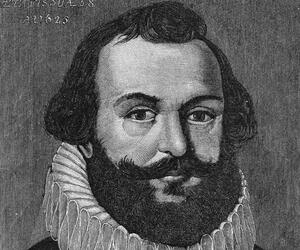
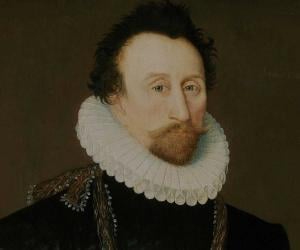
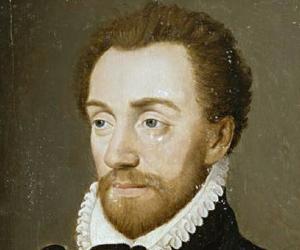
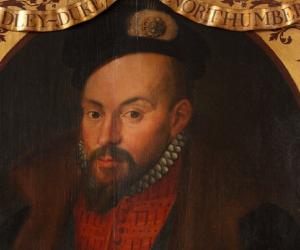
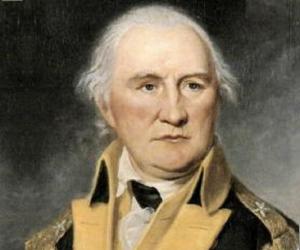
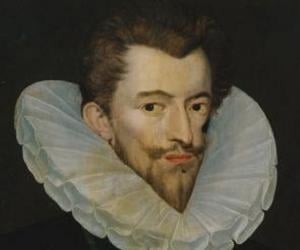
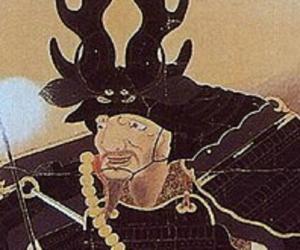
Considered as one the Four Heavenly Kings of the Tokugawa, Honda Tadakatsu was an important samurai general of the Sengoku and a veteran of over one hundred battles. Known for his loyalty to Tokugawa Ieyasu, he was later rewarded with the fief of Otaki and the domain of Kuwana. Also known as Honda Heihachirō, he never suffered any major wound.
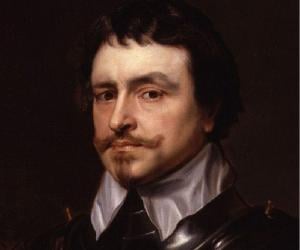
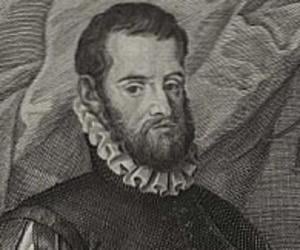
Remembered as the founder of St. Augustine in Florida, USA, Spanish admiral and explorer Pedro Menéndez de Avilés has also been credited with planning the first regular trans-Atlantic convoys. Ruthlessly loyal to the Spanish king, he massacred the entire population of a nearby French post and established a string of forts along the Atlantic coast to protect Spanish interests.
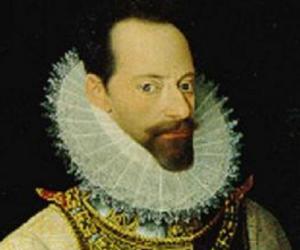
Alexander Farnese, Duke of Parma was an Italian condottiero and noble. He is best remembered for his service as a general in the Spanish army. From 1578 to 1592, Alexander Farnese served as the Governor of the Spanish Netherlands. He was also the Duke of Parma and Piacenza from 15 September 1586 to 3 December 1592.
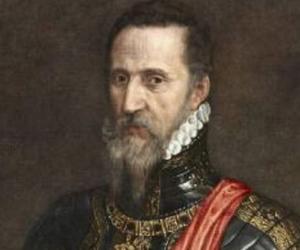
An adviser of King Charles I and, Philip II of Spain, Fernando Álvarez de Toledo, 3rd Duke of Alba was a Spanish general and diplomat. A master of logistics, he had an unshakable self-confidence, which helped him to sail through most adverse situations. Notable for his conquest of Portugal, he is also remembered for his tyranny as the governor-general of Netherlands.
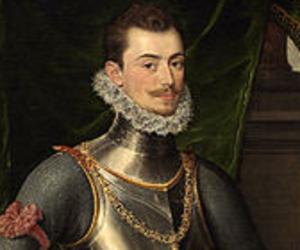
John of Austria was an illegitimate son of Charles V, the Holy Roman Emperor who reigned from 1519 to 1556. John served as a military leader under his half-brother, King Philip II of Spain. John of Austria is best remembered for his role at the Battle of Lepanto, where he served as the admiral of the Holy Alliance fleet.
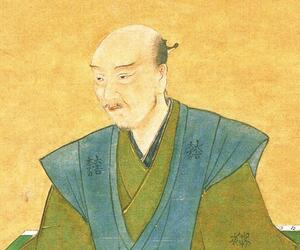
Ishida Mitsunari was a Japanese military commander and samurai of the late Sengoku period. He is best remembered for commanding the Western army during the famous Battle of Sekigahara. Like many other Japanese samurai, Ishida Mitsunari has been fictionalized and depicted in many novels, TV series, and video games.
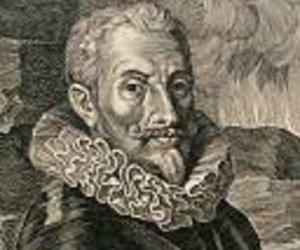
Johann Tserclaes, Count of Tilly was a field marshal who played a major role in the famous Thirty Years' War. A fierce field marshal, Johann Tserclaes had a string of prominent victories from 1620 to 1631 against the Protestants. He destroyed the Protestant city of Magdeburg, so much so that 20,000 inhabitants out of a population of 25,000 were dead.
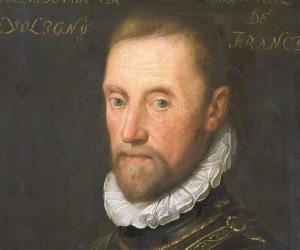
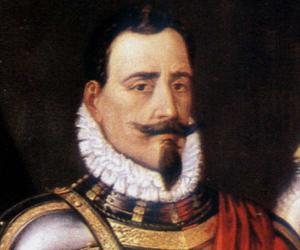
Spanish conquistador Pedro de Valdivia served the Spanish army under Charles I. He led an expedition into Chile where he founded the cities of Santiago, Concepción and Valdivia, the latter was named after him. He extended Spanish rule south to the Biobío River and served as 1st Royal Governor of Chile. He also held-office as 2nd Adelantado of Terra Australis.
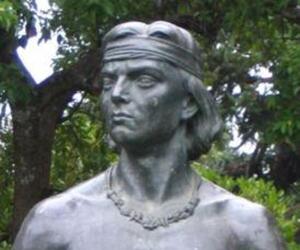
Lautaro was a Mapuche war leader best remembered for spearheading the indigenous resistance against the conquest of Chile by the Spanish. He led the warriors of Mapuche to a series of triumphs against the Spanish. He was killed at the Battle of Mataquito in his early 20s. Lautaro is credited with developing tactics that were used even after his death.
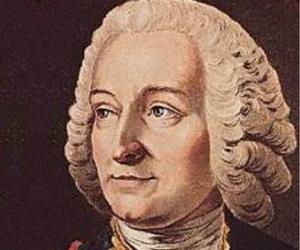
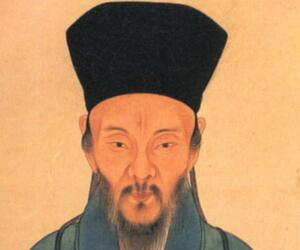

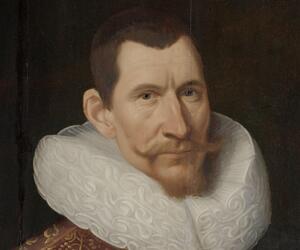
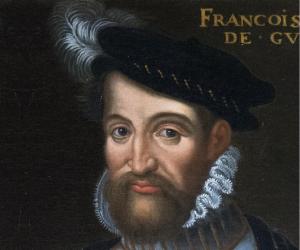

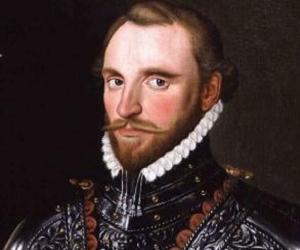
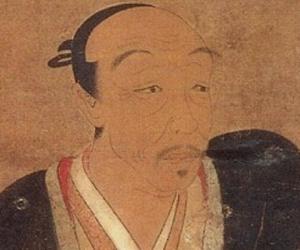
Samurai warrior Maeda Toshiie was a leading general of the Sengoku period and served Oda Nobunaga. He was known for his mastery with a traditional Japanese blade-like weapon called yari. He showcased his military exploits in battles such as the Battle of Tedorigawa and trusted a core group of vassals.
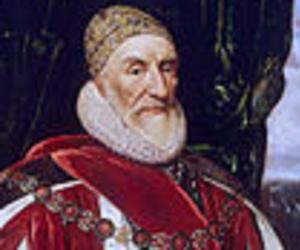
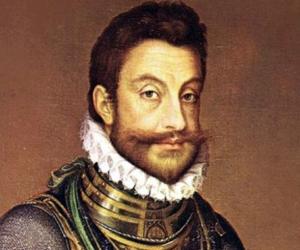
A 16th-century Duke of Savoy, Emmanuel Philibert, also known as Testa di ferro, was the only child of Charles III, Duke of Savoy. An able soldier, he is remembered for recovering most of the territories his father had lost to Spain and France. He also stressed on Italian as the official language.
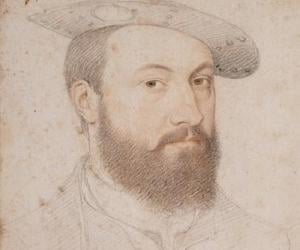
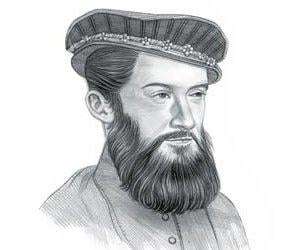
Jean Ribault was a French navigator and naval officer. He is best remembered for colonizing what would eventually become the American Southeast. Jean Ribault also played an important role in the attempts of the French to colonize Florida.
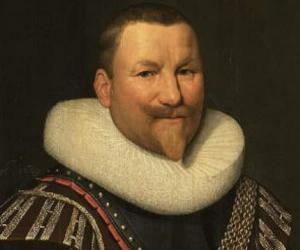
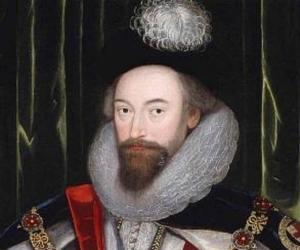
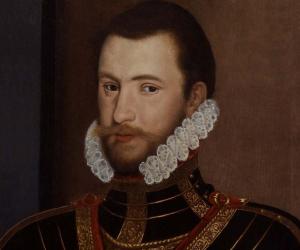
Sixteenth-century English nobleman Walter Devereux, 1st earl of Essex is known for his infamous and unsuccessful attempt to colonize Ulster, an Irish province. His brutal raids included the murders of numerous people, including the families of top officials and the women and children he found hiding in caves.
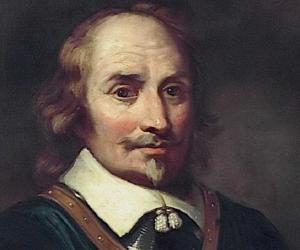
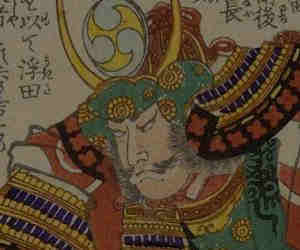
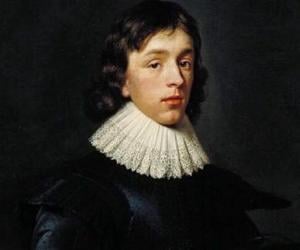
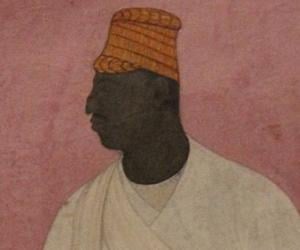
Malik Ambar was a Siddi military leader who served as the prime minister of the Ahmadnagar Sultanate, later serving as its de facto ruler. Brought into India as a slave, Ambar created a mercenary force and pioneered guerrilla warfare. He then went on to found the city of Khirki, which was later renamed as Aurangabad.
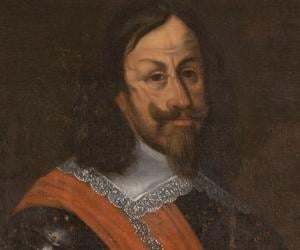
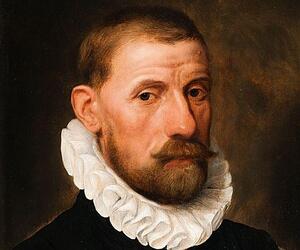
Lamoral, Count of Egmont was a statesman and general in the Spanish Netherlands. His actions helped ignite the national uprising that led to the independence of Holland. He also served as an important member of Philip the Prudent's Council of State for Artois and Flanders.

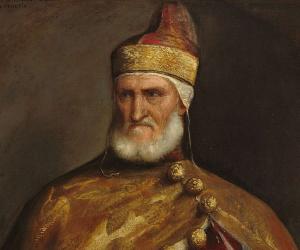
Andrea Gritti was the Doge of the Republic of Venice from 20 May 1523 until his death on 28 December 1538. Prior to his service as a Doge, Gritti had a distinguished military and diplomatic career. Andrea Gritti played an important role in the War of the League of Cambrai, where he led the Venetian military troops.
